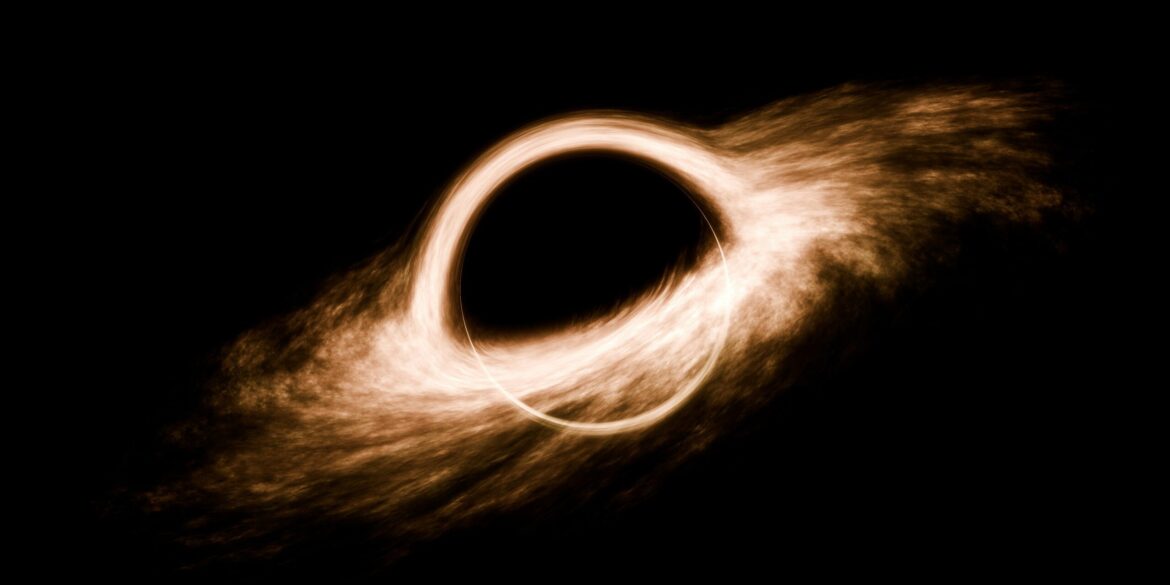On July 31, 2025, two remarkable scientific achievements captured global attention. One unfolded in materials science, and the other—in the depths of space. Together, these landmarks underscore the accelerating convergence of artificial intelligence and astrophysical exploration.
Microsoft Research’s MatterGen, unveiled in a recent scientific publication, represents a groundbreaking advancement in generative AI for materials design. Unlike traditional methods that involve screening millions of potential materials, MatterGen uses a diffusion-based architecture to generate brand-new inorganic materials tailored to desired properties. Driven by property-guided prompts—such as specified mechanical, electronic, or magnetic traits—it creates diverse and stable compounds with high precision.
In laboratory validation, researchers at Northwestern University showcased a material built with a mere 2.5 percent additive of a specialized two-dimensional mechanically interlocked polymer. This enhanced the tensile modulus by up to 45 percent, all while maintaining remarkable flexibility. Although preliminary, these results suggest potential applications across lightweight composites, flexible electronics, and next-generation structural materials.
Experts emphasize that while the promise of MatterGen is immense, thorough validation remains essential. Mechanical and chemical stability testing, scalability studies, and real‑world trials will determine how quickly practical applications can emerge.
Together with MatterSim, a complementary simulation platform in Microsoft’s AI-for-Science toolkit, these tools offer a radically new paradigm: from design to virtual testing to real materials, all powered by generative AI and high-throughput simulation.
In astrophysics, the LIGO‑Virgo‑KAGRA (LVK) Collaboration announced the detection of the most massive black hole merger ever observed via gravitational waves—the event designated GW231123. Recorded during the collaboration’s fourth observing run on November 23, 2023, this remarkable collision resulted in a final black hole weighing approximately 225 solar masses.
The two progenitor black holes—estimated at roughly 100 and 140 times the mass of the sun—both inhabit the so‑called “upper‑mass gap,” a range between about 60 and 130 solar masses where standard stellar evolution models predict no formation due to pair‑instability supernovae. The existence of this event has sent shockwaves through astrophysics, signaling that hierarchical mergers or other exotic formation channels may be necessary to explain its origin.
Moreover, both colliding black holes were found to be rotating extremely rapidly—described as spinning at or near the maximum allowed by general relativity. These extreme spins complicate the waveform modeling significantly, making the event both a modeling challenge and a gateway to deeper theoretical insights.
Prior to GW231123, the heaviest confirmed merger event was GW190521, which resulted in a 140-solar-mass black hole and was already considered groundbreaking. GW231123 nearly doubles that scale, firmly establishing a new frontier for mass, spin, and formation theory.
The two July announcements—though arising in different fields—reflect a broader narrative: AI is reshaping scientific discovery, while new cosmic data continue to challenge our most fundamental theories.
With MatterGen, scientists now have a generative AI capable of designing and proposing previously unseen stable materials, guided by specific property constraints. Its ability to bypass exhaustive screening and accelerate ideation, combined with validation via MatterSim, could drastically shorten the timeline from concept to application in areas like clean energy, advanced electronics, and sustainability-focused materials.
Meanwhile, GW231123 confronts physics with a striking puzzle: models of direct stellar collapse cannot naturally yield two high-mass, fast-spinning black holes in the upper mass gap. If hierarchical mergers are at play, this suggests dense environments such as globular clusters or galactic cores may host repeated black hole mergers. The event also amplifies the importance of refining waveform models and exploring alternative formation scenarios, including primordial black holes or exotic astrophysical processes.
Mark Hannam of Cardiff University—part of the LVK Collaboration—highlighted the theoretical implications: “This is the most massive black hole binary we’ve observed through gravitational waves, and it presents a real challenge to our understanding of black hole formation.” He elaborated that such mass levels are incompatible with standard stellar evolution, and that earlier mergers may explain their origin. Charlie Hoy of the University of Portsmouth added: “The black holes appear to be spinning very rapidly—near the limit allowed by Einstein’s theory … it’s an excellent case study for pushing forward the development of our theoretical tools.”
The next steps for MatterGen include extensive experimental validation, assessment of scalability in industrial settings, and integration into Microsoft’s broader Azure Quantum Elements platform for hybrid AI‑HPC materials development. If successful, these advances could usher in a new era of accelerated materials design for energy storage, catalysis, carbon capture, and more.
For astrophysics, the implications of GW231123 will continue unfolding. Researchers are refining waveform models to better capture high-spin events, exploring theoretical predictions for hierarchical mergers in dense astrophysical environments, and searching for additional similar signals in the accumulating data from LIGO, Virgo, and KAGRA. As the LVK network continues operations and expands with LIGO‑India post‑2025, more such extraordinary events may reshape our understanding of black hole populations.
Together, MatterGen and GW231123 exemplify how innovation and observation are challenging scientists to rethink both microscopic materials and cosmic giants. This moment marks the beginning of a new chapter in science—one propelled by generative AI on Earth and gravitational waves from across the universe.

